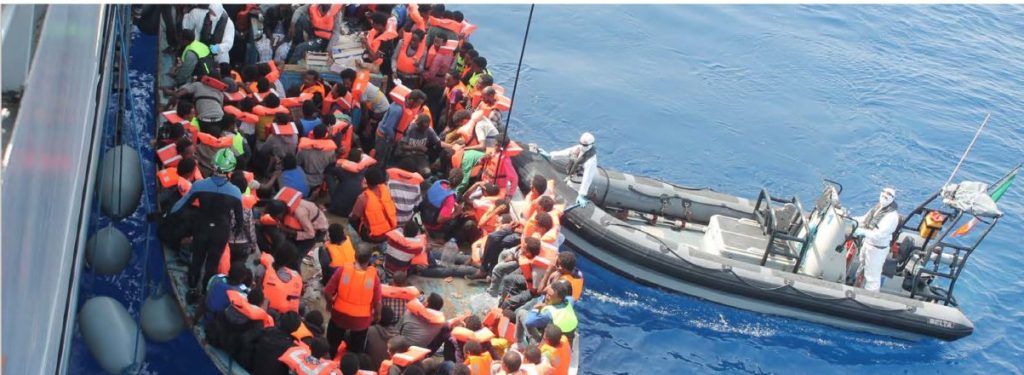Migrations: quelle solidarité avec l’Italie?

En l’espace de six ans, l’Italie a connu deux afflux de migrants qui ont suscité de vifs débats au sein de la classe politique italienne. Au premier trimestre de 2011, au moment des « printemps arabes », elle avait reçu près de 30 000 personnes. Au premier semestre de 2017, après la fermeture de la route des Balkans et de la Méditerranée orientale, près de 100 000 personnes sont arrivées en Italie, ce qui correspond à une augmentation de plus de 20% par rapport à la même période en 2016. Alors même que le deuxième épisode d’afflux n’a finalement pas duré, l’Italie ayant même enregistré globalement une forte diminution des arrivées irrégulières de migrants depuis l’été 2017, ce deuxième épisode a contribué au succès des forces populistes, antisystème et antieuropéennes lors des élections législatives du 4 mars 2018. Parmi les griefs de la nouvelle coalition du Mouvement cinq étoiles et de la Ligue du Nord à l’égard de l’Europe, la question de la solidarité du système migratoire et d’asile européen a figuré en bonne position.
Face à ces demandes italiennes répétées, Corinne Balleix analyse la manière dont a évolué la politique migratoire européenne.




